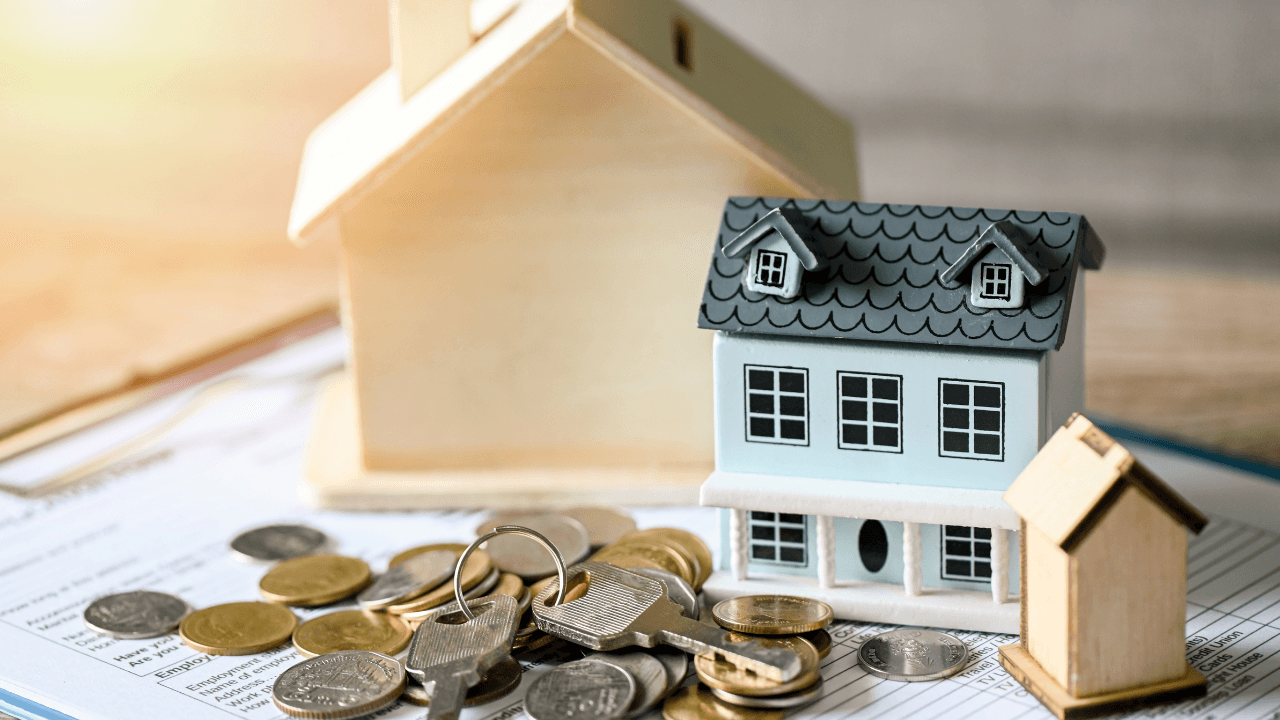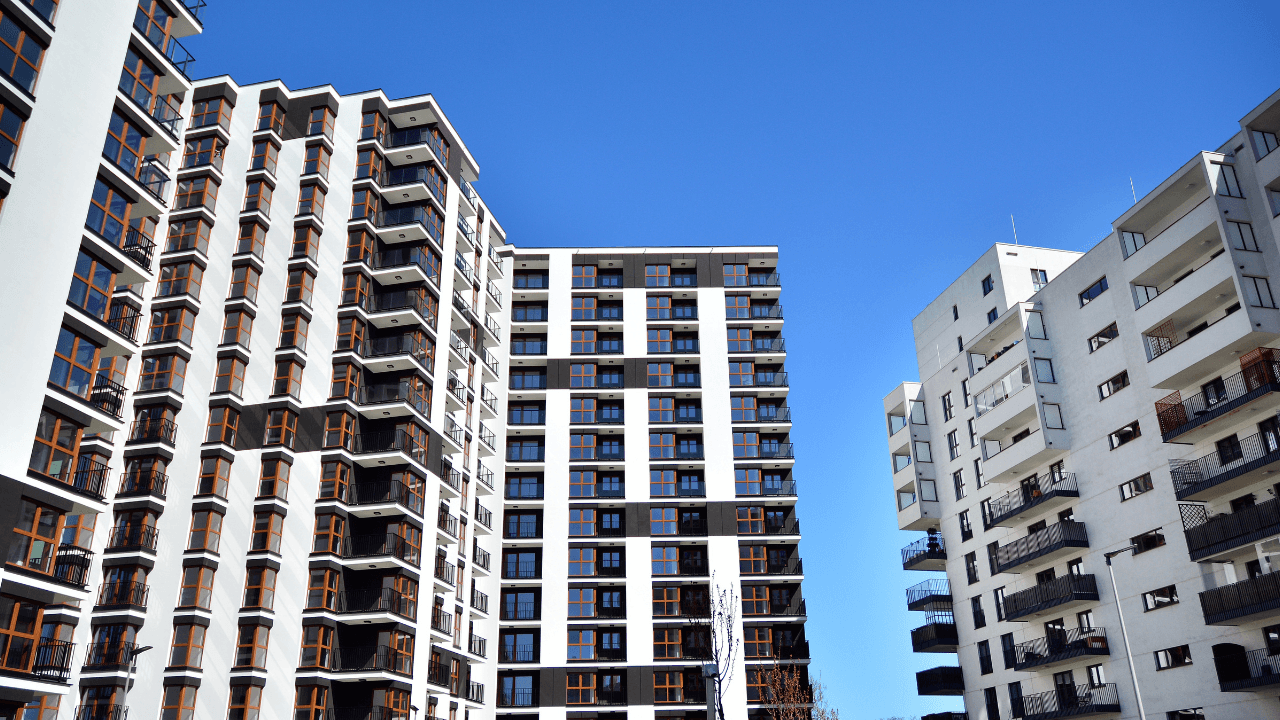One of the most common mistakes investors make when doing due diligence on investment properties is not valuing the property correctly.
If you’re new to the world of investing in commercial real estate, you might wonder exactly how the value of a property is calculated.

Make sure you download ALL my resources for FREE at this link: https://realestateempire.co/
Here's an effective way to estimate the value of a real estate investment.
There is more to negotiating with a seller than arriving at an acceptable purchase price. When we do our research on a property, we check for comps and other properties on the market, contact other brokers in the area to talk about local property values, and adjust our valuation as we go.
How do we assess the value of commercial real estate?
For single-family, the value of an investment is largely determined by the market, but one of the benefits of investing in multifamily is the fact that you have influence over a building’s value because you can increase the amount of money it generates.
The first step is our value-add strategy.
Our business model involves finding properties and making changes that increase the amount of revenue they generate. Most often, this means renovating the units, adding amenities, and improving curb appeal. All of this allows us to raise rents, thereby increasing the value of the property.
This means we can sell the property for a profit or do a cash out refinance, allowing us to return the investor’s principal while they continue to get paid based on the building’s cash flow.
When calculating the value increase, we determine the building’s worth using a straightforward formula. The net operating income, or NOI, is the property’s income minus its expenses, but before the mortgage payment.
Capitalization rate, or cap rate, is the other variable we consider. Cap rate reflects the expected return on a property and is expressed as a percentage of the investment’s original cost. The lower the cap rate, the higher the price and the higher the cap rate, the lower the price.
You might assume a property with a lower cap rate is more profitable, but it’s not quite that simple.
The cap rate is determined by the market and varies by asset type (office space, self-storage, multifamily, etc.), asset class and geography. This brings us back to those conversations with brokers and appraisers, who will know the cap rate based on comparable properties in the area.
As a general rule, a class D building in a run-down area will have a higher cap rate, while a class A multifamily property in an upscale community will have a lower one.
We can live with lower returns when the cap rate is low because we are working with less risk. You can have a more detailed look at the math here.
There are other things we consider when estimating the value of an investment, like checking to make sure the property complies with all current municipal building codes and ADA codes. This might even include having a contractor, architect, or space planner inspect the property to discuss any improvements and compliance during the due diligence period to avoid any costly surprises after the closing.
Performing due diligence is a bit like being a detective. Not all sellers are going to be forthcoming when it comes to disclosing the problems of their property. We ask the hard questions and keep track of all correspondences, assuming nothing.

The most important takeaway, however, is that commercial real estate is valued based on its income.
By increasing the income, we raise the value of the property.